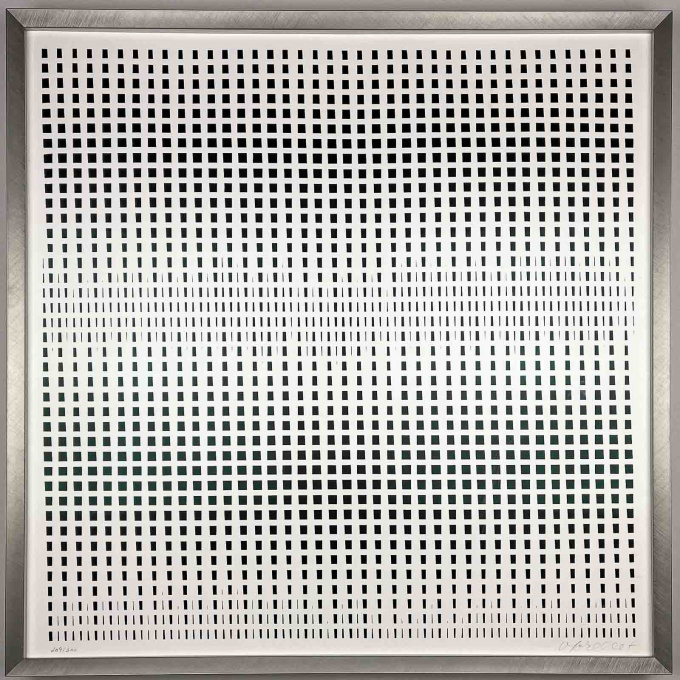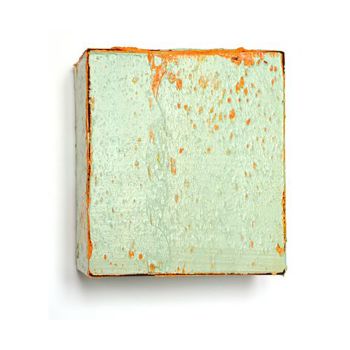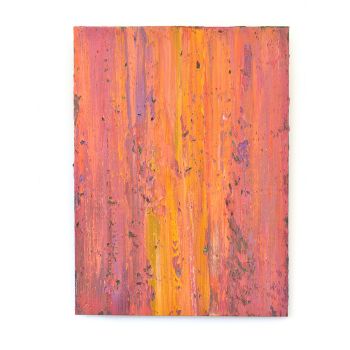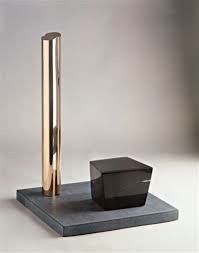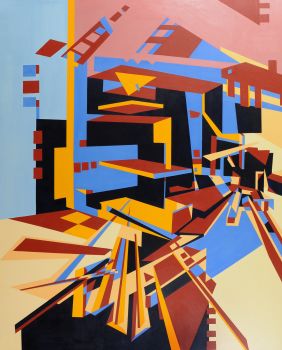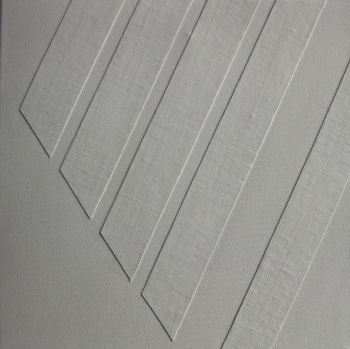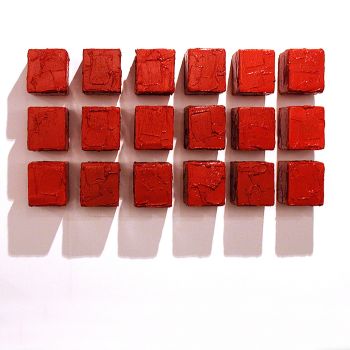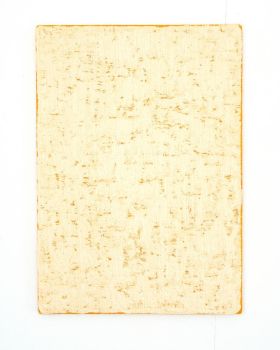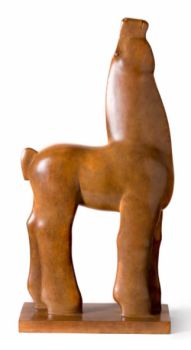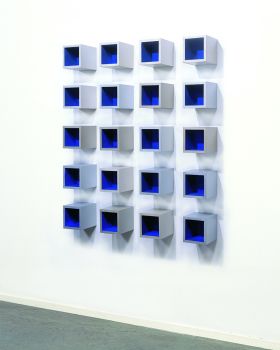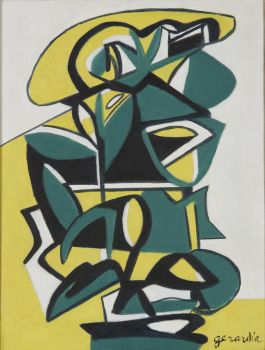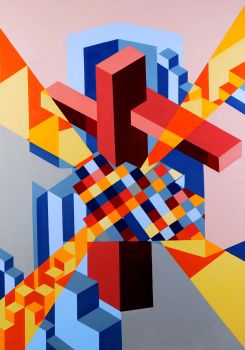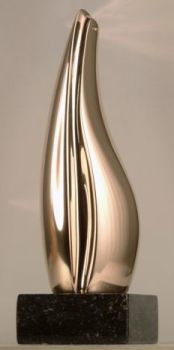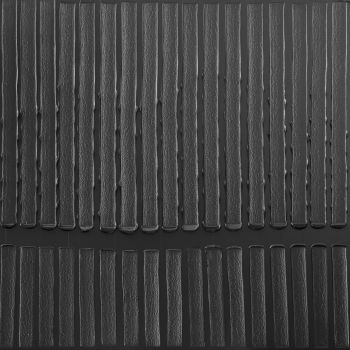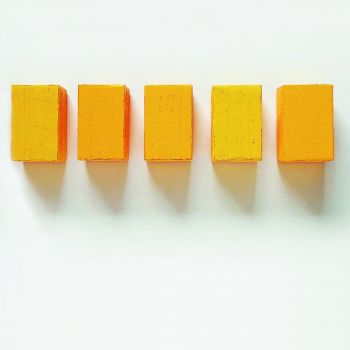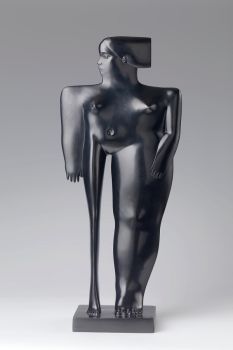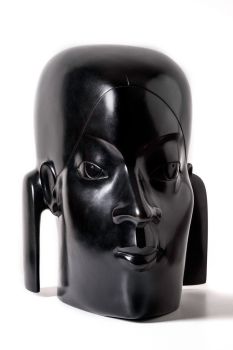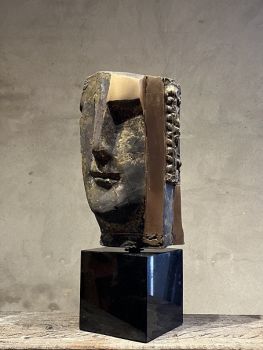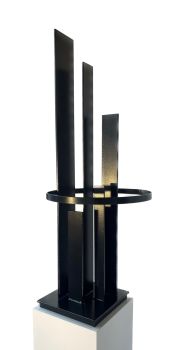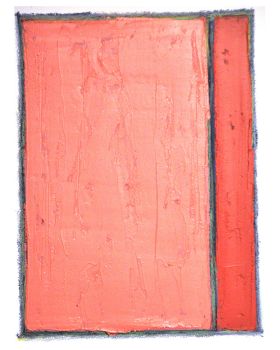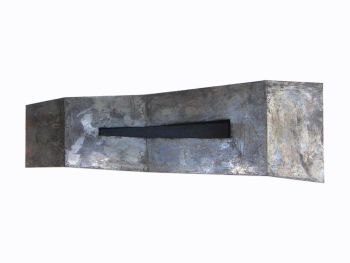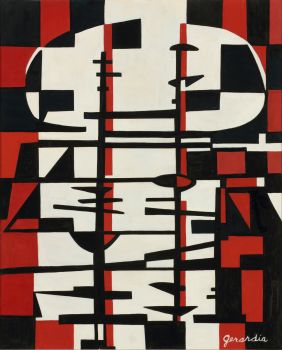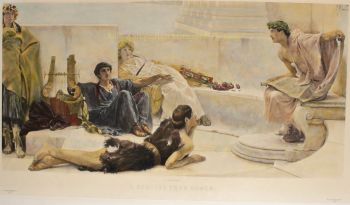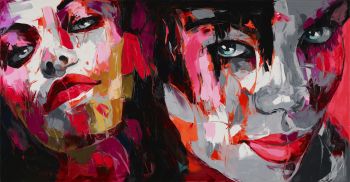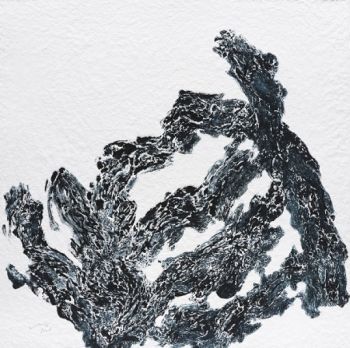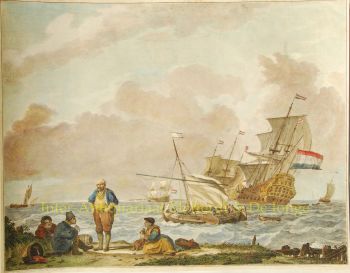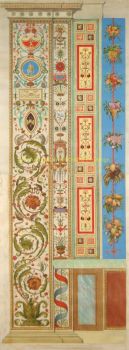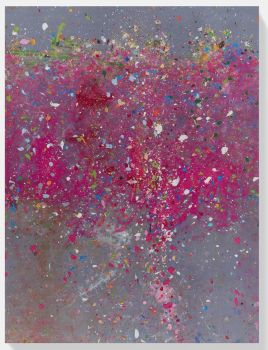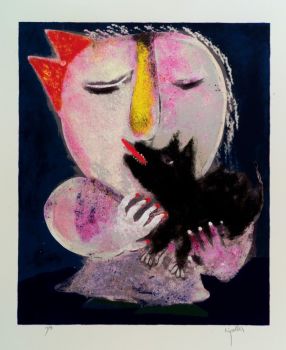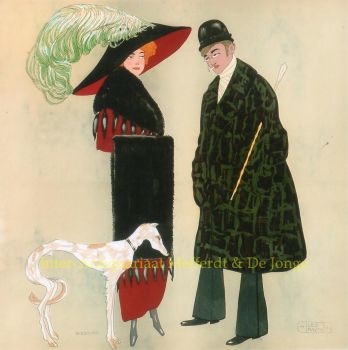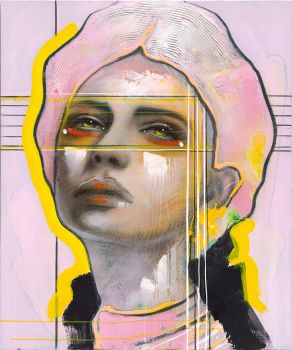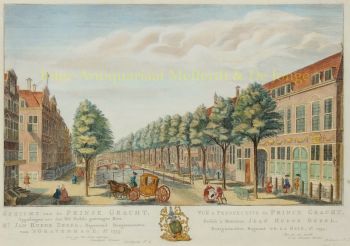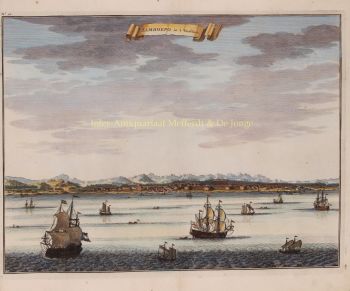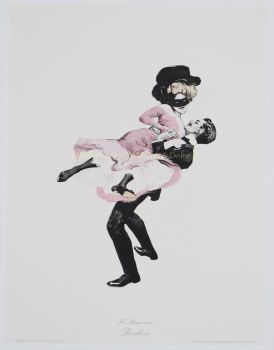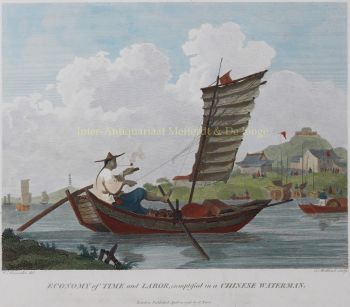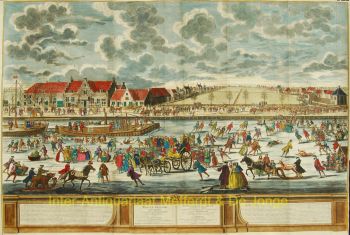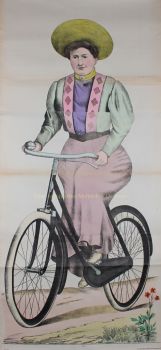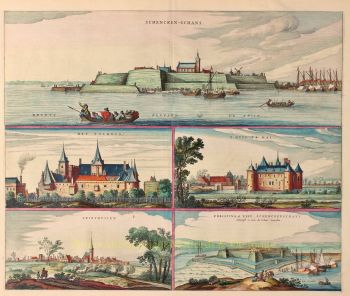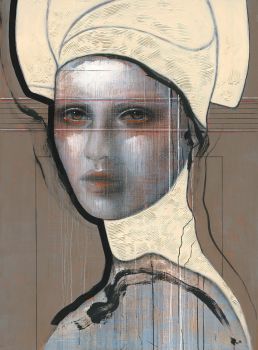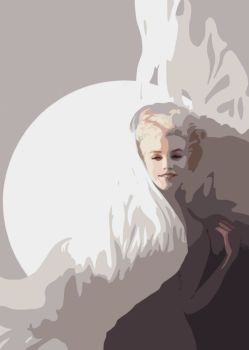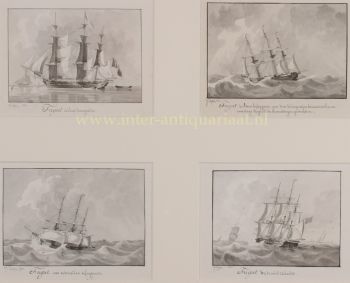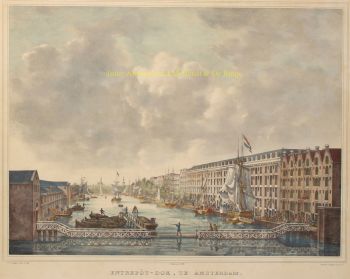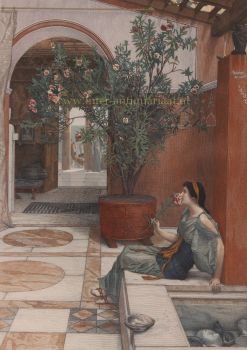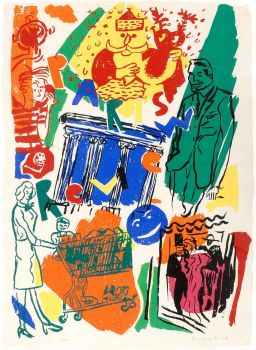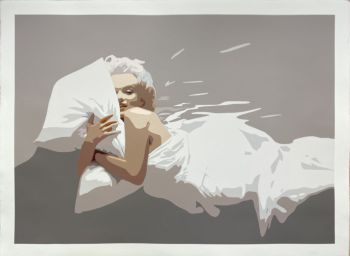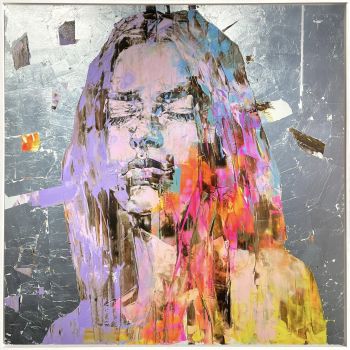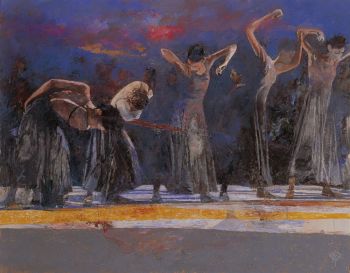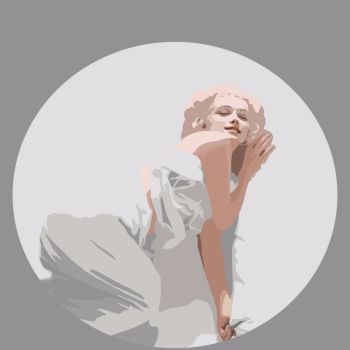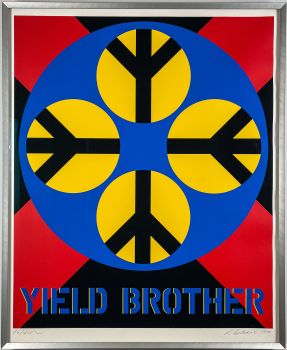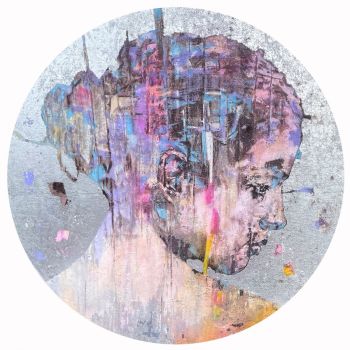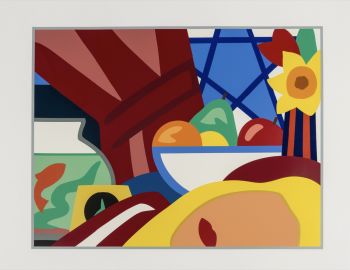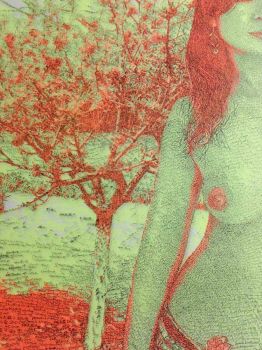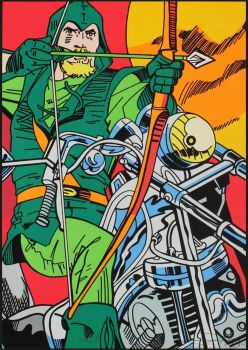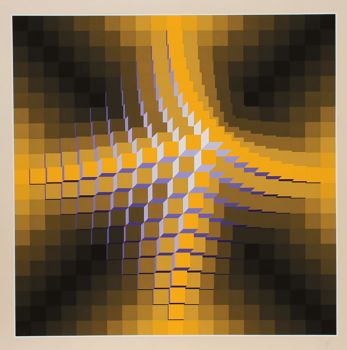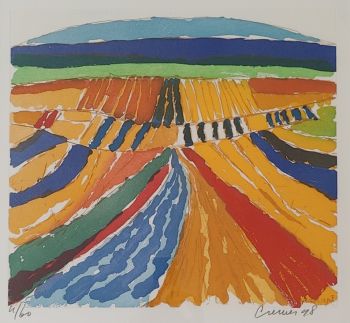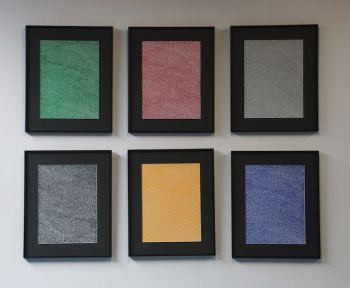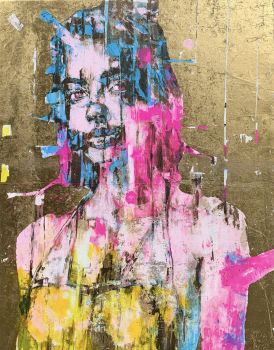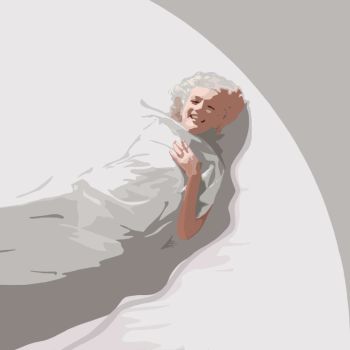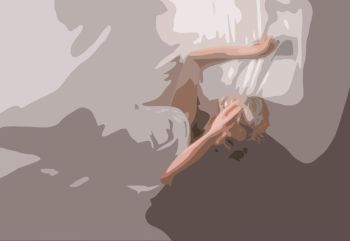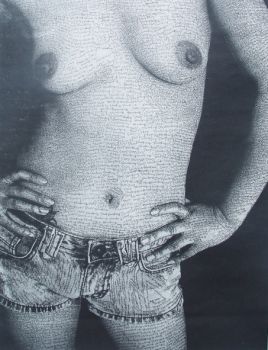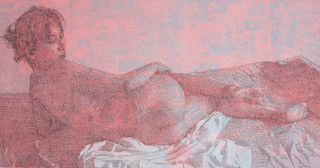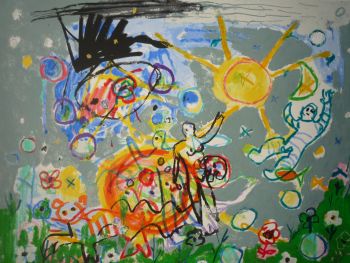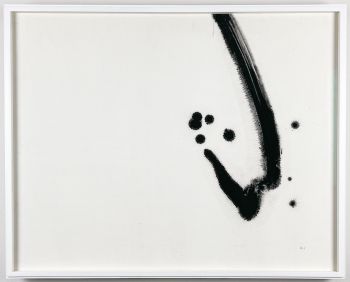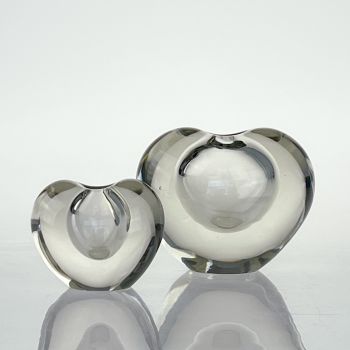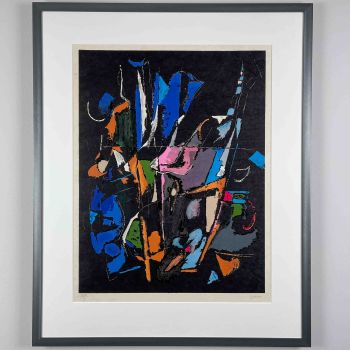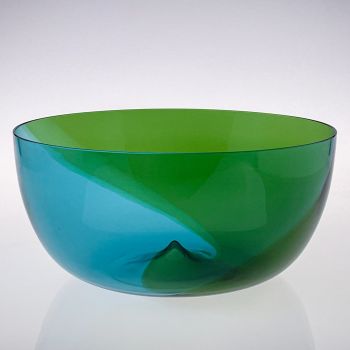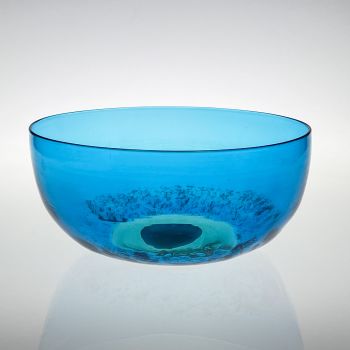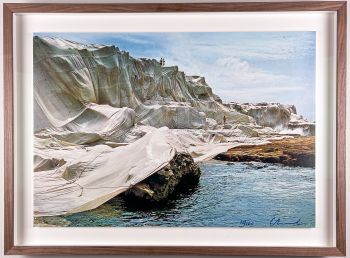“Trames” 1970 – silkscreen on wove paper, framed museumglass 1970
François Morellet
CartaStampaSerigrafia
67 ⨯ 67 ⨯ 6 cm
ConditionVery good
€ 1.750
Van Kerkhoff Art
- A proposito di opere d'arteSilkscreen op wove paper, printed in 1970. Signed and numbered (209/300) by the artist in pensil.
Professionally framed in brushed aluminium frame with museumglass.
About François Morellet
François Morellet (Cholet 1926 – Cholet 2016) was a French painter, sculptor, and light artist. François Morellet ‘s early work prefigured minimal art and conceptual art, and he played a prominent role in the development of geometrical abstract art.
Morellet began his artistic career – still working in his parents’ business – as a autodidact painter. His work was influenced by the work of the Dutch painter Piet Mondriaan and by the French painter Pierre Dmitrienko (Nouvelle École de Paris).
As early as 1950 he called himself an abstract painter and around that time he already had his first exhibition at Galerie Creuze in Paris. His first “sphère trame” dates from this period.
In the 1960’s, together with artists such as Francisco Sobrino, Horacio Garcia Rossi, Julio Le Parc, Yvaral and Joël Stein, he started experimenting with kinetic art within the artists’ group “Groupe de Recherche d’Art Visuel”, which wanted to experimentally explore the possibilities of visual art in a scientific way. He also participated in the international movement “Nouvelle Tendance”.
In 1963, Morellet began to create light objects using neon tubes after the example of the American Dan Flavin. From the end of the sixties, Morellet started to occupy himself with art in relation to architecture and art in public spaces. Examples of these projects are: the Centre Culturel in Compiègne, the La Défense district in Paris and contributions to the sculpture park of the Kröller-Müller Museum in Otterlo.
Morellet’s work is considered to be geometric abstraction and it fits in with the minimalism of Donald Judd, Ellsworth Kelly, Sol LeWitt and Frank Stella. At the same time, there is an affinity with Dadaism.
Many international musea represent Morellet’s work, among many others: Centre Pompidou, Paris; Tate Gallery, London; MoMa, New York; Los Angeles Museum of Art (Lacma); The Tel Aviv Museum and Nationalgalerie, Berlin.
Signed
Signed and numbered (209/300) by the artist in pensil.
Condition
Very good condition, full margins.
Dimensions
Sheet
Height 64 cm
Width 64 cm
Frame
Height 67 cm
Width 67 cm
Depth 6 cm - A proposito di opere artista
François Morellet (30 aprile 1926 a Cholet - 11 maggio 2016) è stato un artista francese. È stato attivo in varie forme d'arte durante la sua carriera, tra cui pittura, arte leggera, scultura e arti grafiche.
Morellet ha iniziato la sua carriera artistica mentre lavorava ancora nell'azienda dei suoi genitori, come pittore. Dal 1948 ha imparato a dipingere da autodidatta e pochi anni dopo è stato apprendista presso un pittore professionista.
Il suo lavoro è stato influenzato da artisti come Piet Mondrian e il pittore Pierre Dmitrienko (Nouvelle École de Paris). Si definiva un pittore astratto già nel 1950 e in quel periodo tenne la sua prima mostra alla Galerie Creuze di Parigi. A quel periodo risale la sua prima sphère trame.
Negli anni Sessanta inizia a sperimentare l'arte cinetica insieme ad artisti come Francisco Sobrino, Horacio Garcia Rossi, Julio Le Parc, Yvaral e Joël Stein, all'interno del gruppo di artisti Groupe de Recherche d'Art Visuel. Questo gruppo voleva indagare scientificamente le possibilità dell'arte visiva sperimentalmente. Ha inoltre partecipato al movimento internazionale Nouvelle Tendance.
Nel 1963 Morellet inizia a realizzare oggetti luminosi utilizzando tubi al neon, ispirandosi all'americano Dan Flavin. Dalla fine degli anni '60, Morellet iniziò a concentrarsi sull'arte in relazione all'architettura e all'arte nello spazio pubblico. Esempi di questi progetti sono il Centre Culturel a Compiègne, il quartiere La Défense a Parigi e i contributi al parco delle sculture del Museo Kröller-Müller a Otterlo.
Il lavoro di Morellet è classificato come astrazione geometrica e si adatta bene al minimalismo di Donald Judd, Ellsworth Kelly, Sol LeWitt e Frank Stella. Allo stesso tempo, mostra l'affinità con il dadaismo.
Un tipico esempio del suo lavoro è NoEndNeon nel Zentrum für Internationale Lichtkunst di Unna, dove ha realizzato questa installazione appositamente per uno spazio sotterraneo del museo di arte leggera.
Sei interessato ad acquistare questa opera d'arte?
Artwork details
Related artworks
Rene Rietmeyer
"Portrait of Alessandra" 20182018
Prezzo su richiestaEuropean Cultural Centre Collection
Rene Rietmeyer
TOKYO - Kudan House - January 2021 #022021
Prezzo su richiestaEuropean Cultural Centre Collection
1 - 4 / 24- 1 - 4 / 24
William Rosewood
She Loves Me, She Loves Me Not2019 - 2020
Prezzo su richiestaGalerie Mia Joosten Amsterdam
1 - 4 / 24- 1 - 4 / 12

